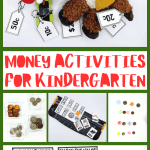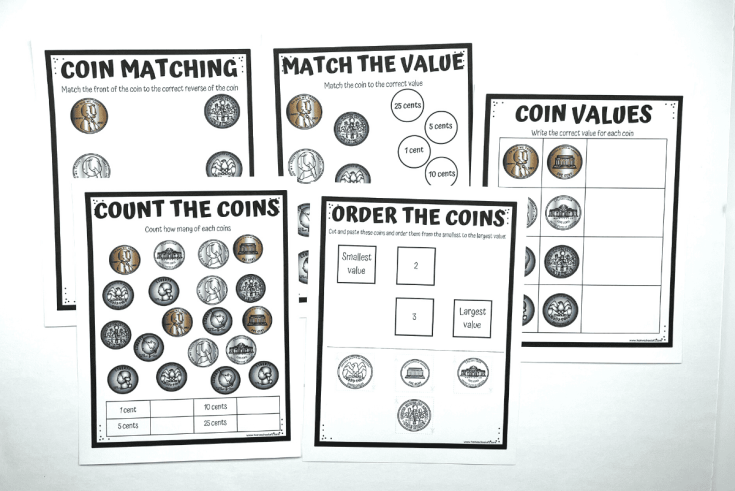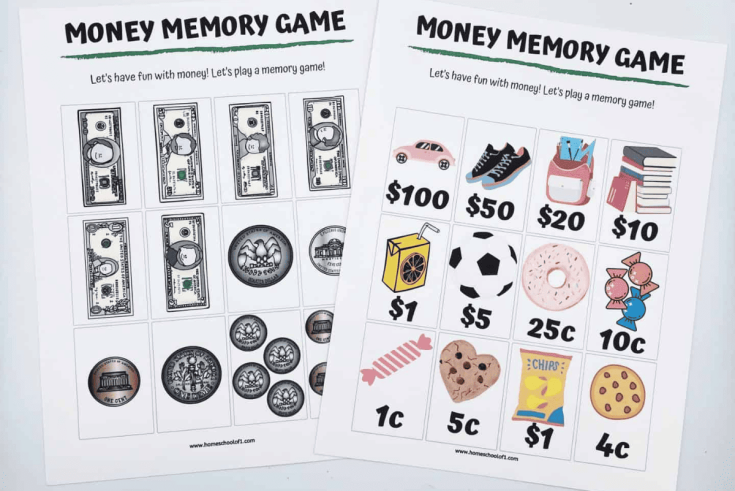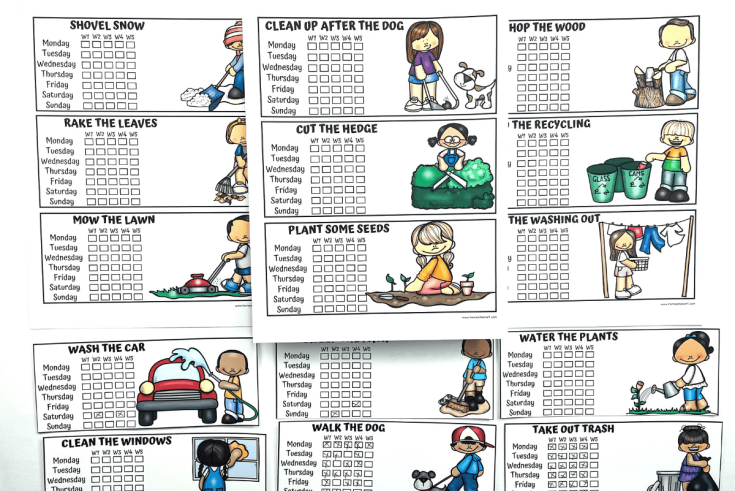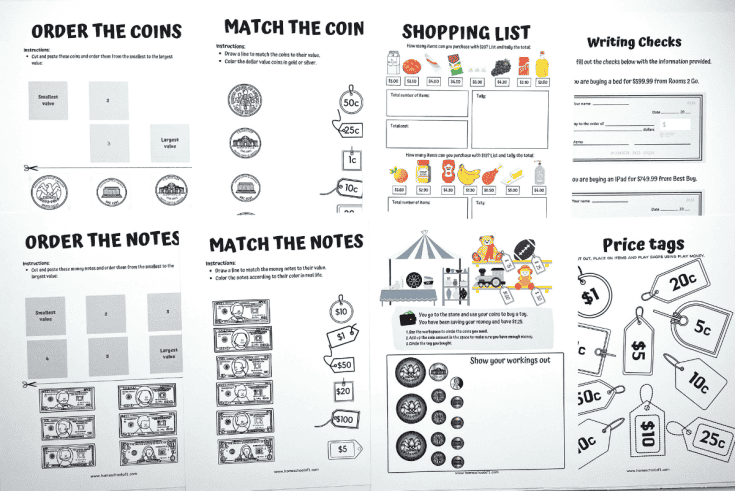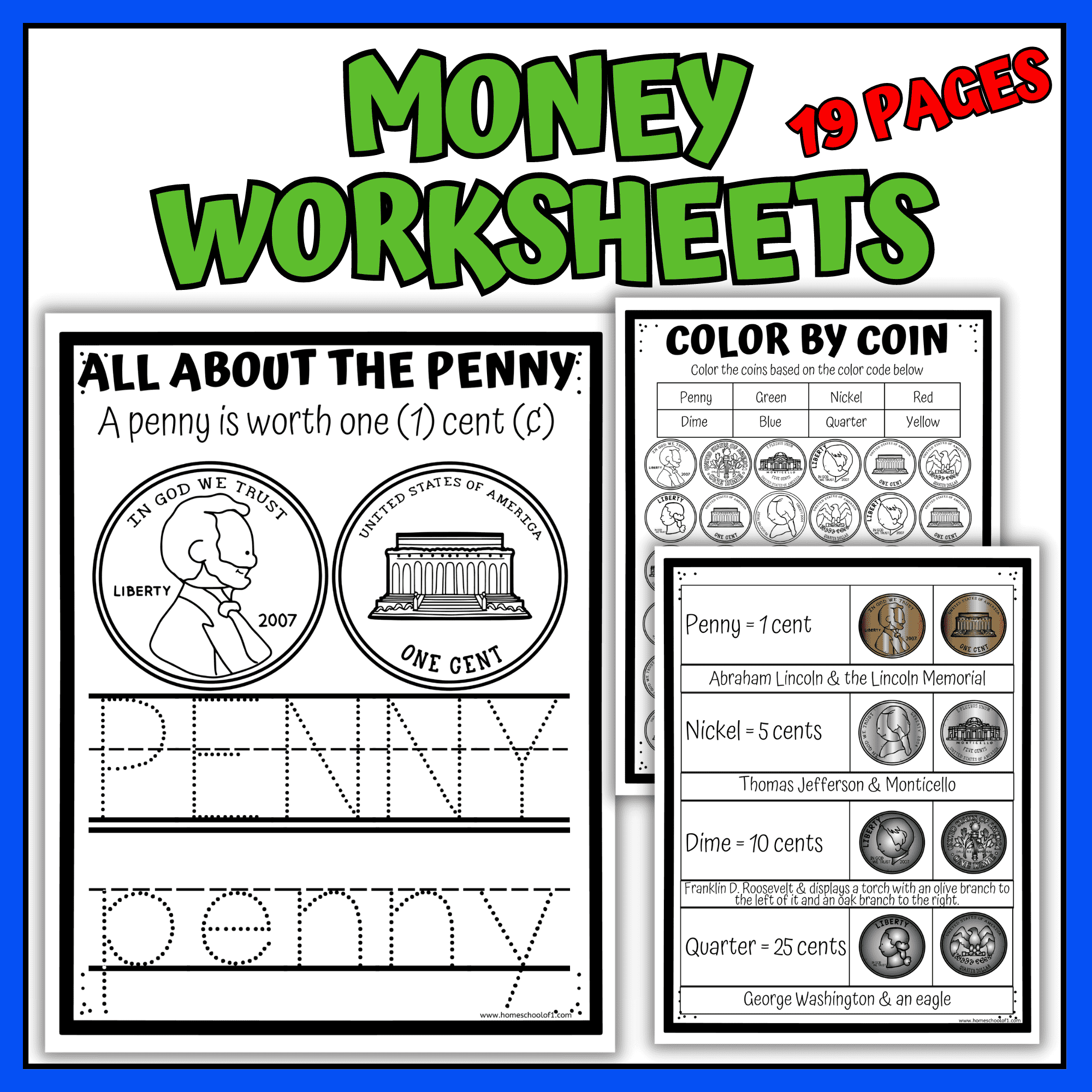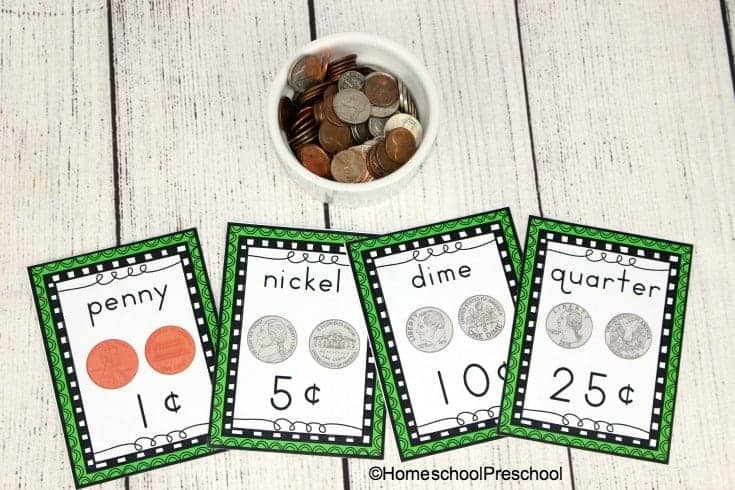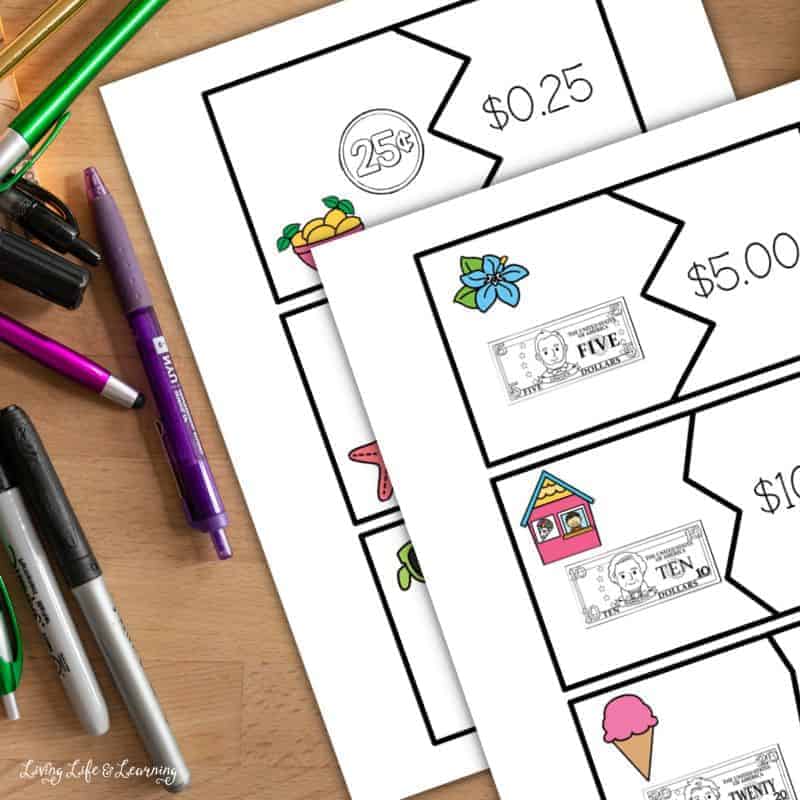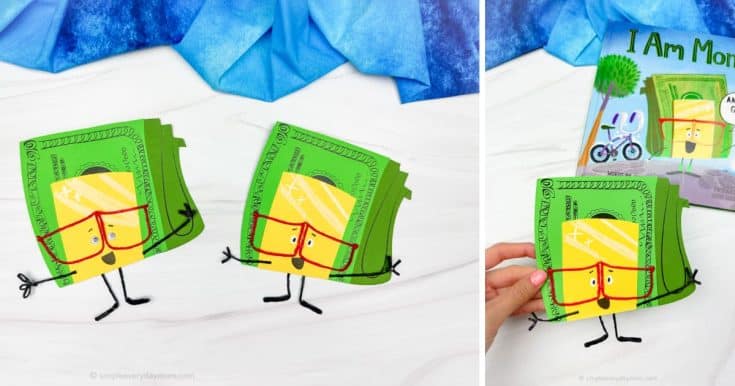Fun and Easy Money Activities for Kindergarten
Money activities for kindergarten are one of the easiest ways I’ve found to teach basic math and life skills at the same time.
When my son started sorting coins and using play money in games, it helped the idea of spending and saving start to click.
These simple activities make learning about money feel more like play, which is exactly what kids at this age need.
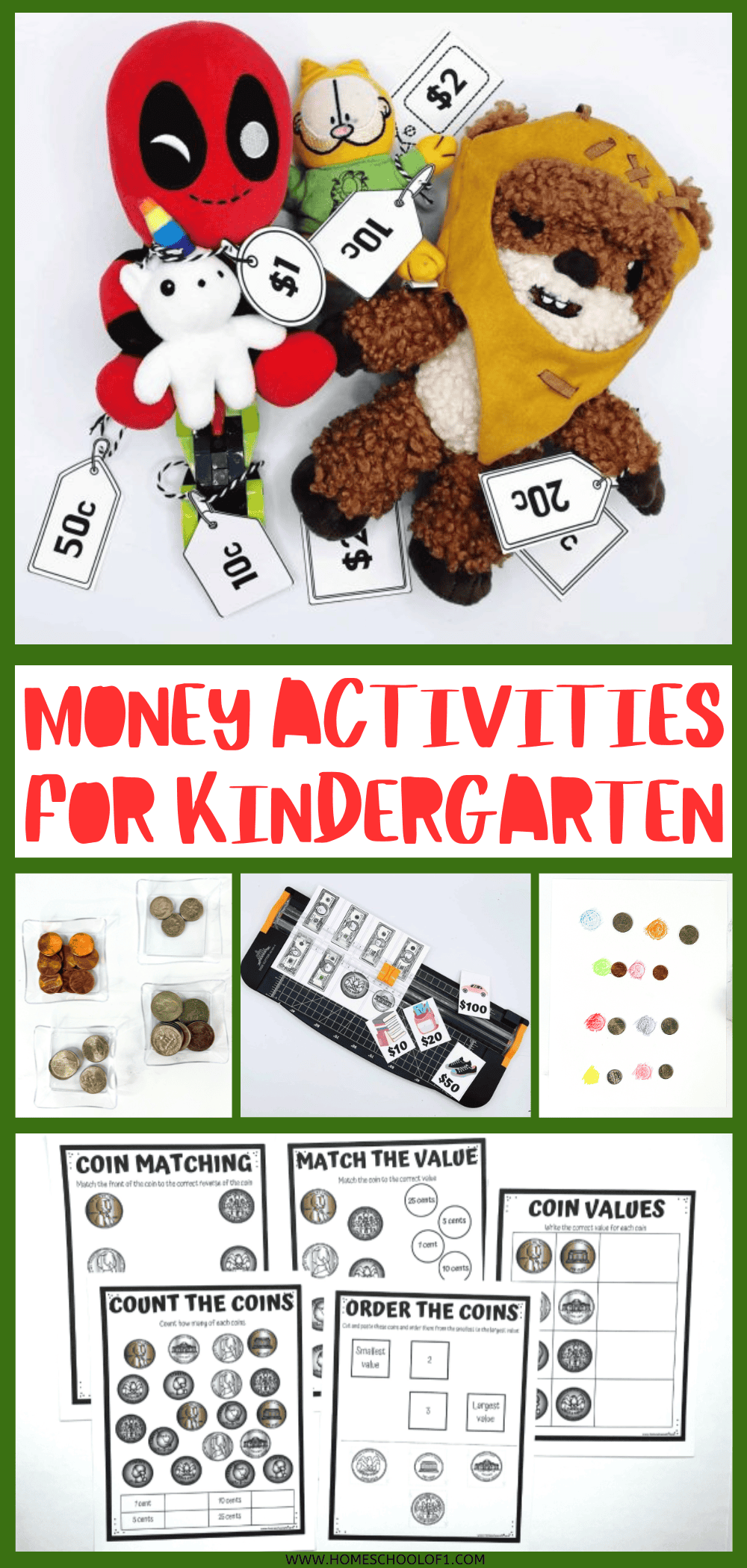
Kindergarten Money Worksheets
I’ve found that using money worksheets with kindergarteners is one of the easiest ways to introduce basic financial ideas without overwhelming young kids.
When my son first started learning about money, simple printables gave us a way to talk about coins, counting, and even saving—all in a way that felt playful and low-pressure.
These free worksheets go beyond just coloring or matching—they help kids recognize coins, practice counting, and understand how money is used in real life.
Whether you’re teaching one-on-one or in a classroom, having printable activities on hand makes it easy to fit financial learning into everyday routines.
Here are a few of our favorites:
These were a big hit when we started learning about money. Kids practice recognizing and naming coins, and sorting them by type. It’s a great first step toward understanding value—and it’s fun to turn it into a coin scavenger hunt around the house.
This matching game pairs coins and bills, helping kids build both memory and money recognition. We used it during quiet time, and it didn’t feel like “schoolwork,” even though he was picking up important skills while playing.
These cards were a game changer for us when introducing the idea of earning money. Each task has a small reward, and it opened the door to talking about saving, spending, and setting little goals—like buying a small toy with earned coins.
This set covers everything from basic counting to making change. We didn’t use them all at once but rotated them in during our math time. It’s a great way to reinforce what they’re learning through play.
This collection includes a little bit of everything—coin ID, counting practice, and basic transactions. It’s perfect if you're looking for something structured without being too formal. We used a few of these during our morning work sessions.
Sorting real or play coins is one of the most hands-on ways to start. We used a muffin tin to sort by type, and it doubled as both a math activity and fine motor practice.
These seasonal puzzles kept things fresh when attention spans got short. They’re themed for summer but can really be used anytime for some quick coin review with a playful twist.
The "I Am Money" book craft is an interactive project that teaches children about different denominations and the concept of money. This one adds a creative spin. Kids build their own book while learning about money. My son liked adding his own illustrations, and it helped him take ownership of the learning.
**This post may contain affiliate links. As an Amazon Associate and a participant in other affiliate programs, I earn a commission on qualifying purchases.**
Money Activities for Kindergarteners
You don’t need to rely only on worksheets to teach kids about money—some of the best learning happens through play.
These money activities for kindergarten are ones we’ve tried at home (and loved), especially when we wanted to mix things up and make learning feel more like fun.
Counting coins in jars
We’d fill clear jars with different amounts of coins and label each one with a number. Then I’d ask him to check if the amount matched. It was a simple way to build counting and addition skills with real-life context.
Board games
Money-themed board games are a staple in our rotation. They’re a fun way to practice counting and making change without it feeling like a lesson.
Here are a few we’ve enjoyed:
- Money Bags Coin Value Game – Great for helping kids understand different coin values while racing to collect the most money.
- Exact Change Card Game – A fast-paced matching game that sneaks in coin recognition and mental math.
- Making Change Game – Perfect for practicing real-world math, especially figuring out how much change is owed.
Coin bingo
Bingo with coins is always a hit. I made cards with different coin combos and called out amounts—he had to find the right match. It’s a fun mix of listening, math, and memory.
Money songs
We used catchy songs to help remember coin names and values. Anything with rhythm sticks better—especially when kids get to sing (or dance!) along.
Mock store
Setting up a pretend store with price tags and play money gave us hours of learning disguised as play. He’d “shop,” count his money, and even figure out change with help.
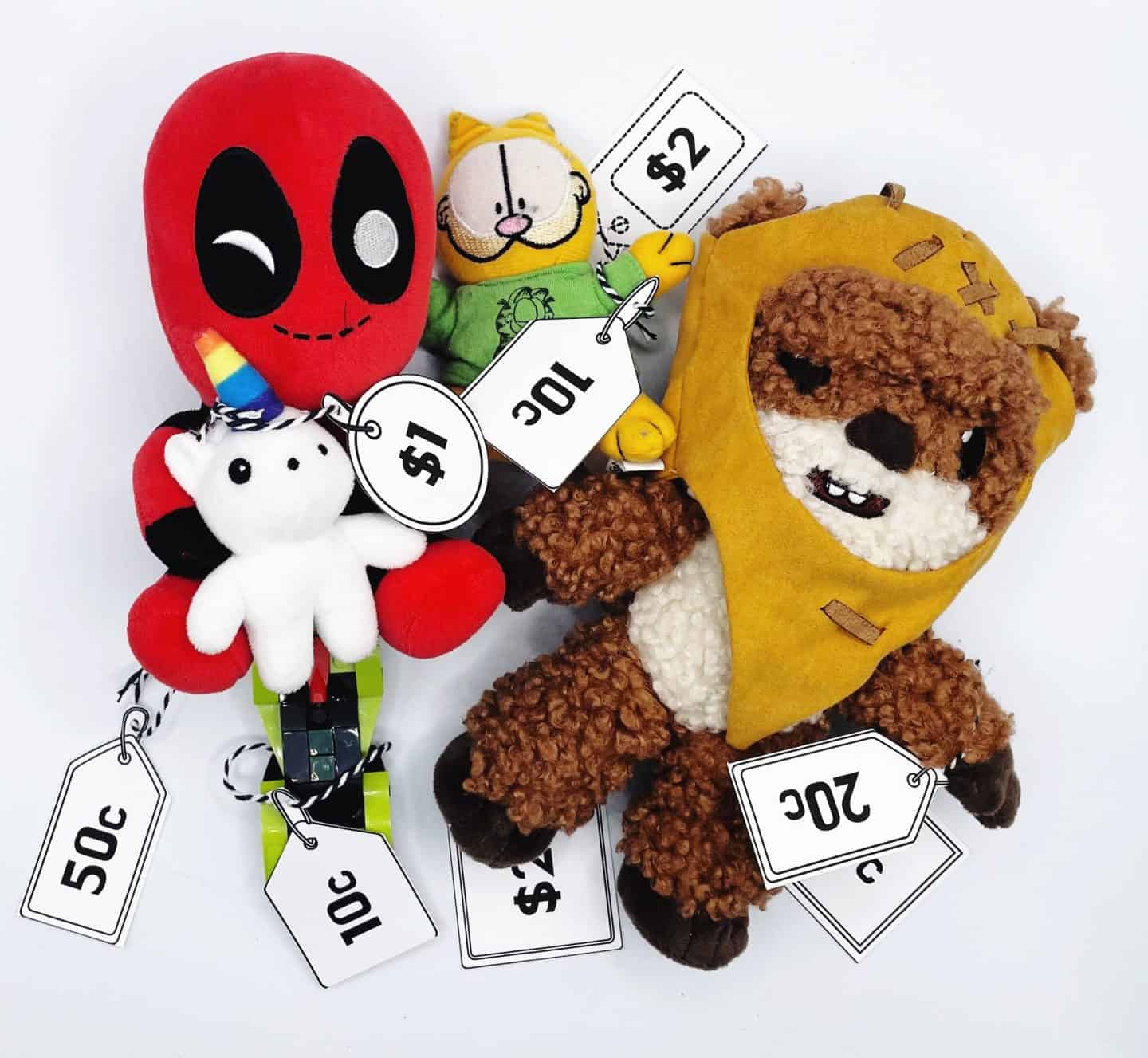
Treasure hunt
I used to hide coins around the house for a “money hunt.” After finding them, he’d sort and count his treasure. It was perfect for active learning days.
Money books
Reading stories like Bunny Money or The Berenstain Bears’ Trouble with Money helped open up conversations about how we use money in real life. We’d always talk about the choices characters made with their money.
Coin rubbings
Crayons + coins = simple magic. He’d place a coin under paper and rub over it to see the design appear. It’s great for building familiarity with coin details.
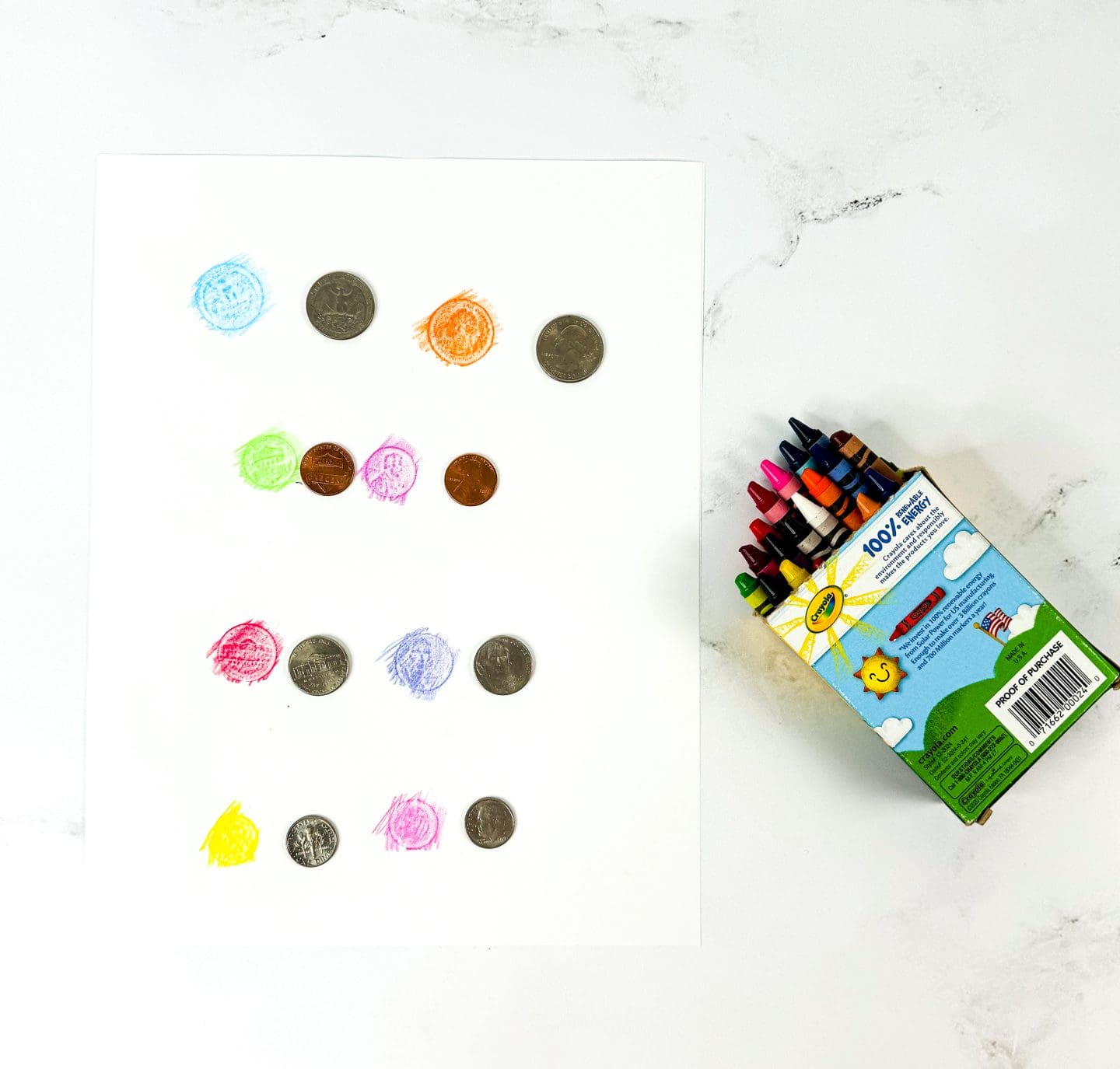
Pretend bank
We also tried setting up a mini bank. He could “deposit” his play money and “withdraw” it for different activities. It’s a playful way to introduce banking terms and saving.
Coin flipping
We used coin flips to practice tallying and basic data tracking. It was quick, easy, and surprisingly addictive—he always wanted to beat his last “heads” count.
Shopping trip
On small outings, I’d give him a few coins or a dollar and let him choose something to buy. Counting out the money and talking through his choices made real-world practice feel meaningful.
Coin exchanges
We played a game where he had to trade pennies for nickels, then nickels for dimes, and so on. It was a fun, hands-on way to show how coins relate to one another.
Counting songs
Songs like “Five Little Pennies” made number practice more engaging. We’d sing them during clean-up or transitions just to sneak in a little extra math.
Fine Motor Coin Challenges
These simple activities helped my son build both money awareness and fine motor skills—without even realizing he was learning.
Sorting Coins
One of our first money activities was sorting coins into a muffin tray by type—pennies, nickels, dimes, and quarters. It helped him recognize coins quickly, and it doubled as a tactile sorting game.
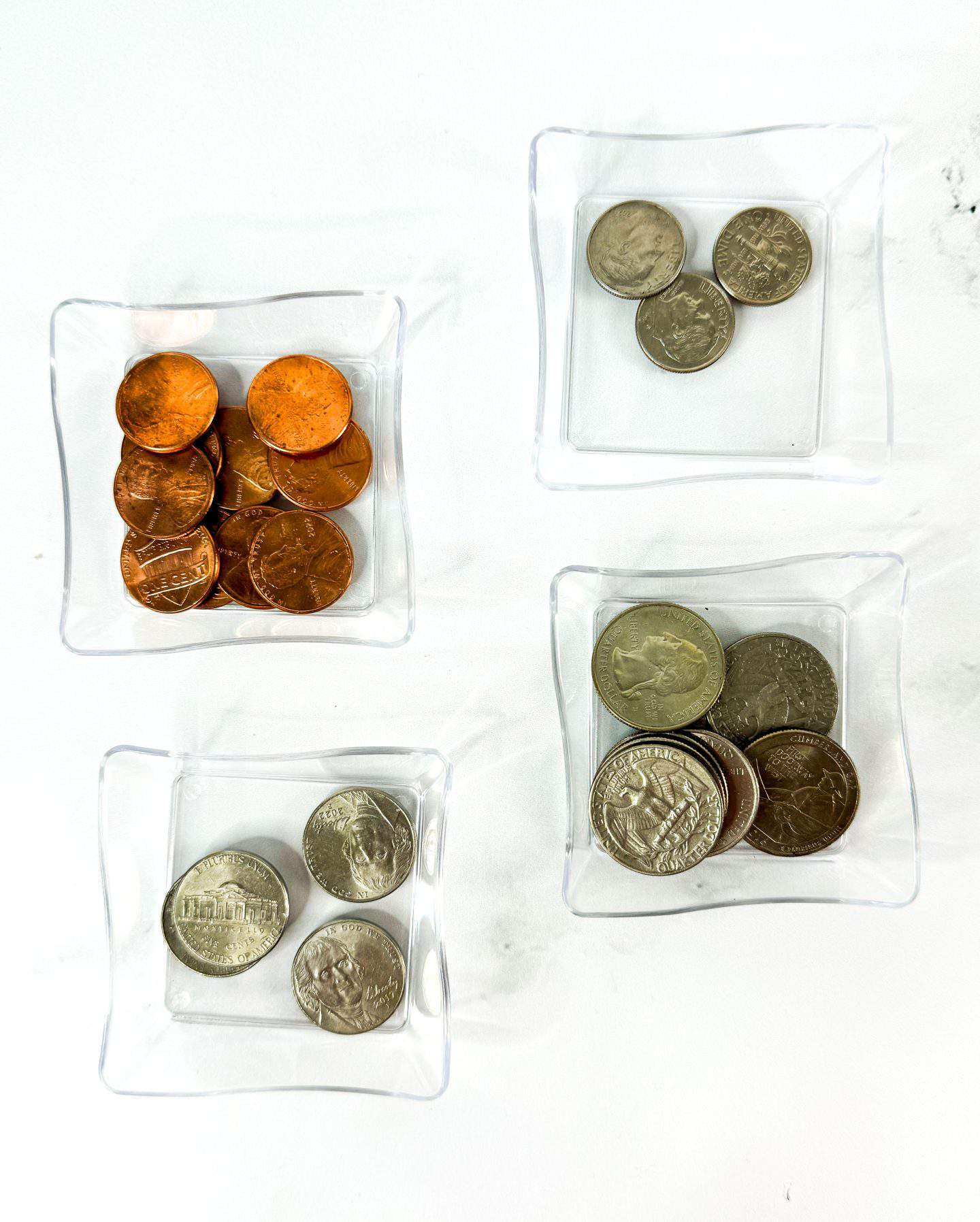
Coin Stacking
We’d set a timer and see how many coins he could stack before they toppled over. It became a fun challenge that also encouraged patience and hand-eye coordination.
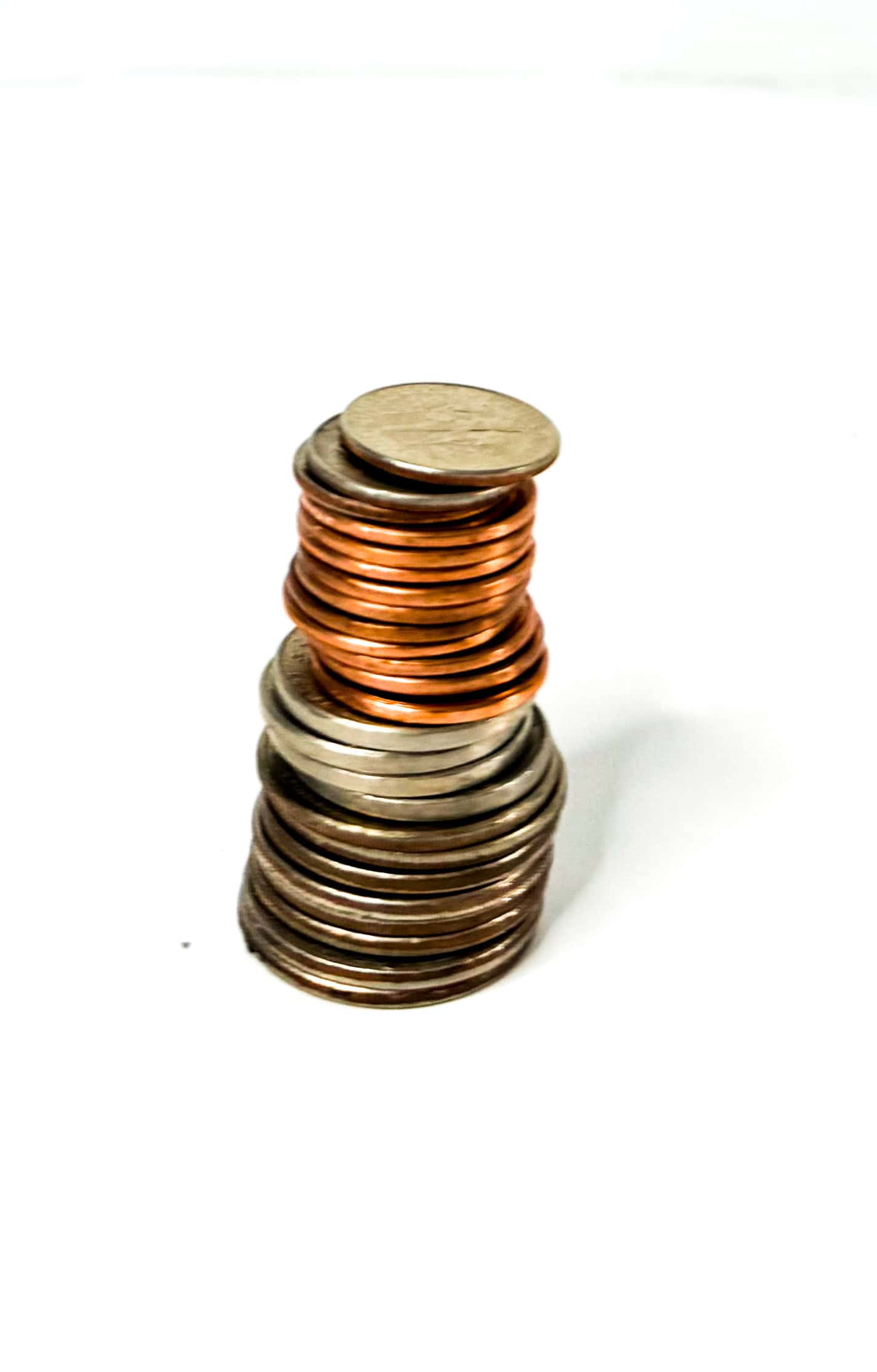
Coin Art Projects
Sometimes we’d glue coins onto cardboard to create shapes or designs. He especially liked making a coin mosaic frame and sprinkling glitter on top. It’s a creative way to explore money while strengthening those little hands.
Last Updated on 8 April 2025 by Clare Brown

